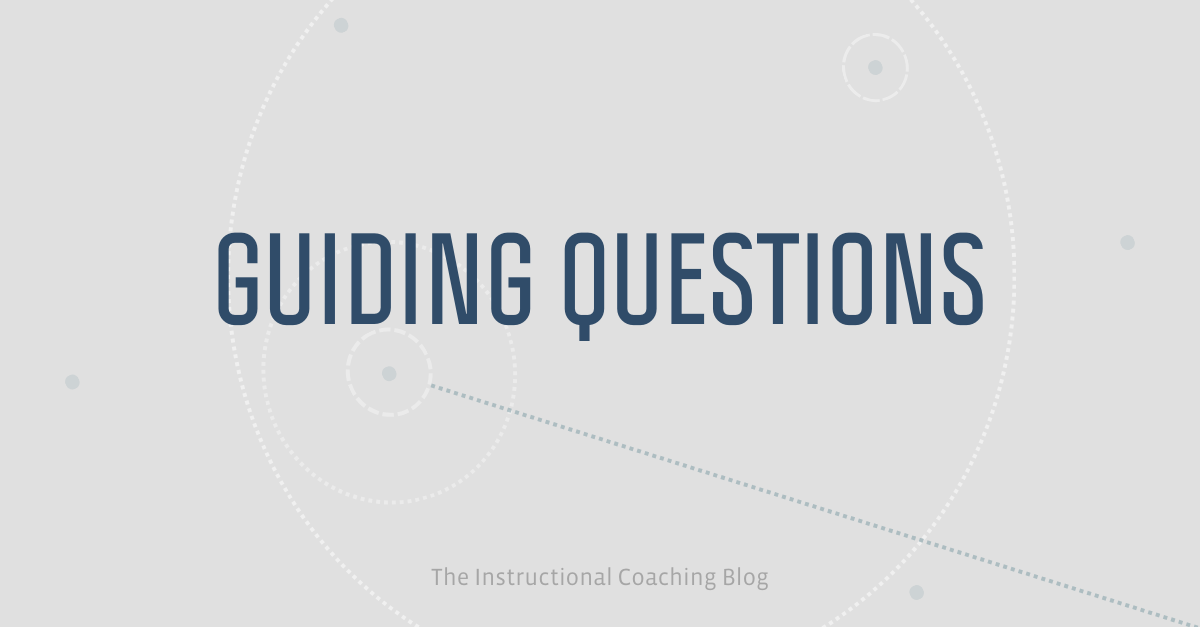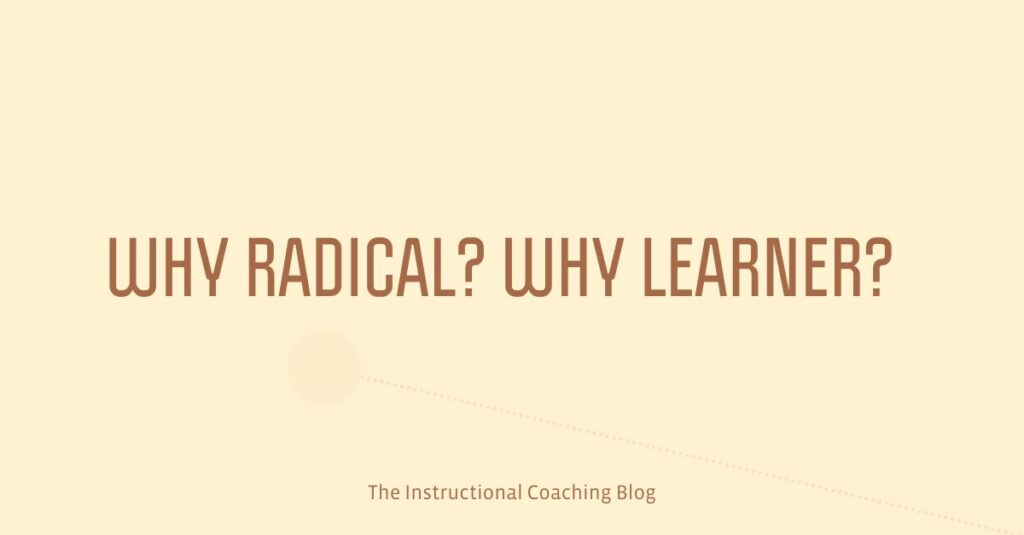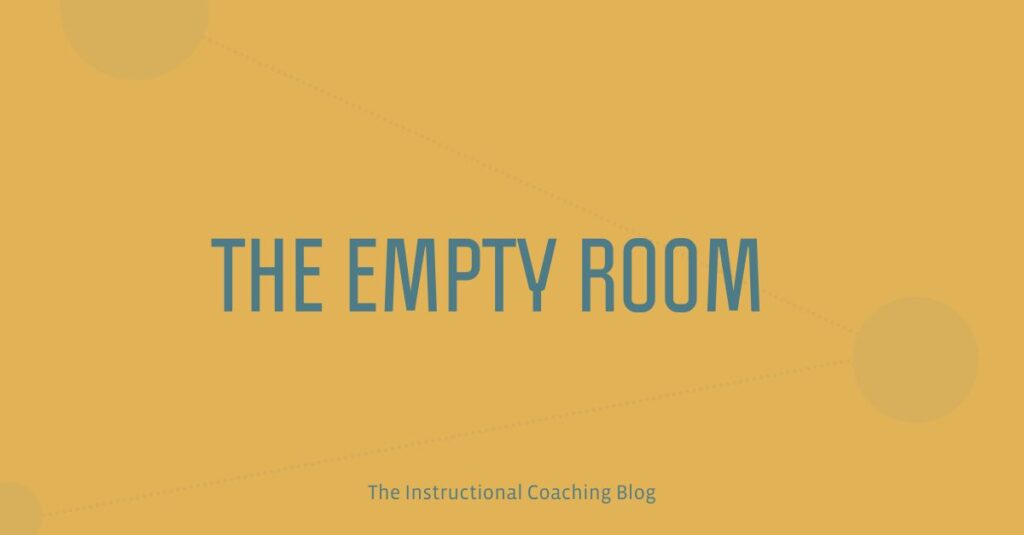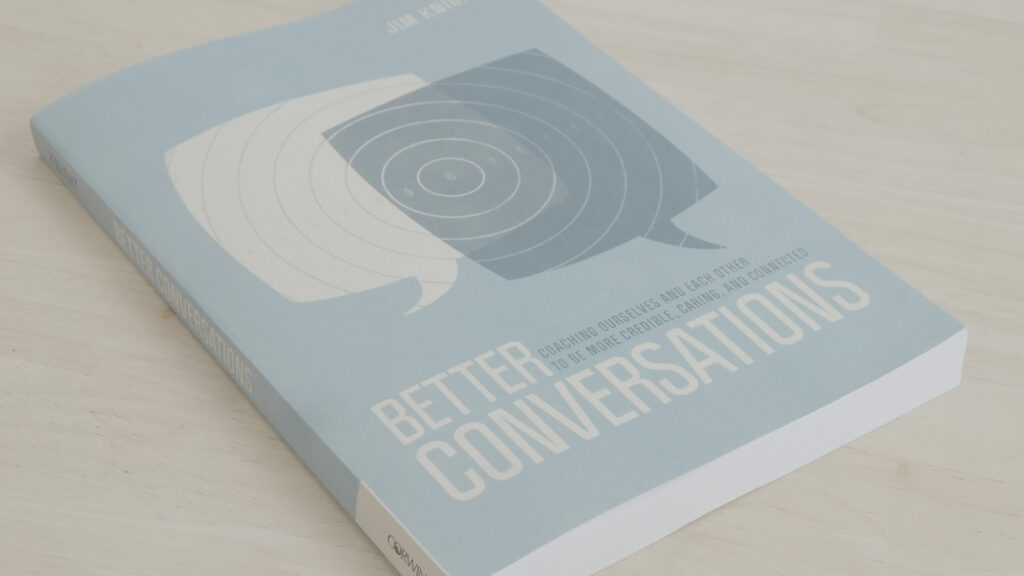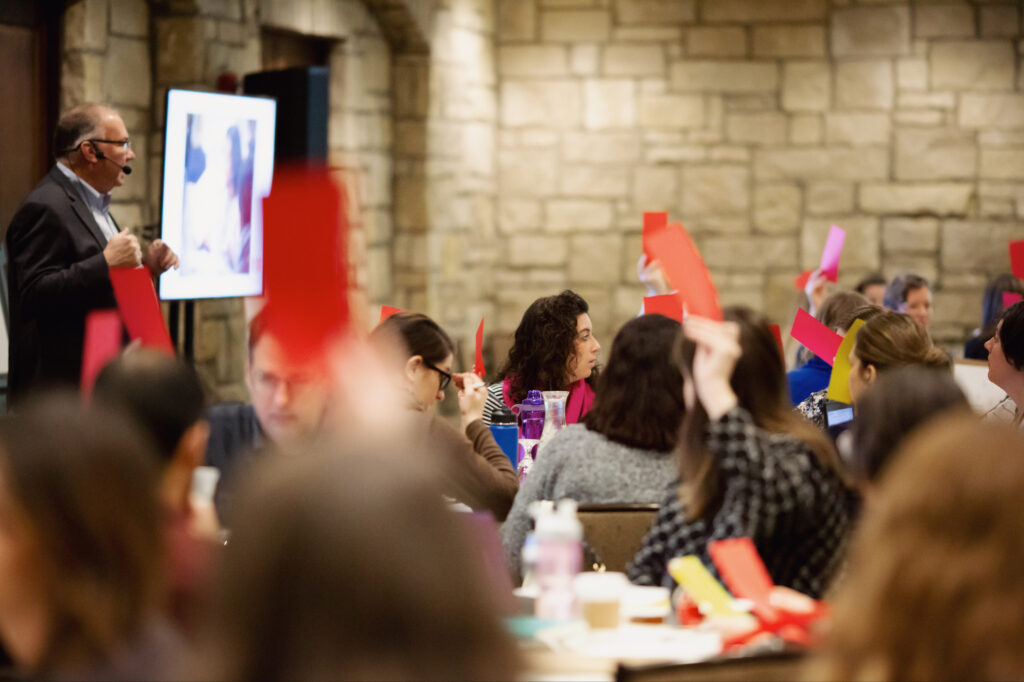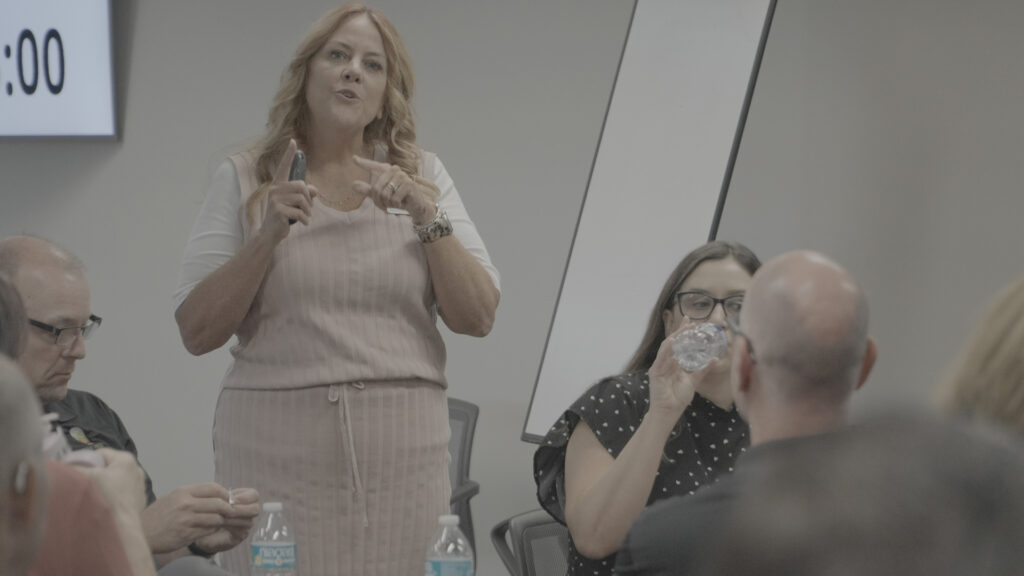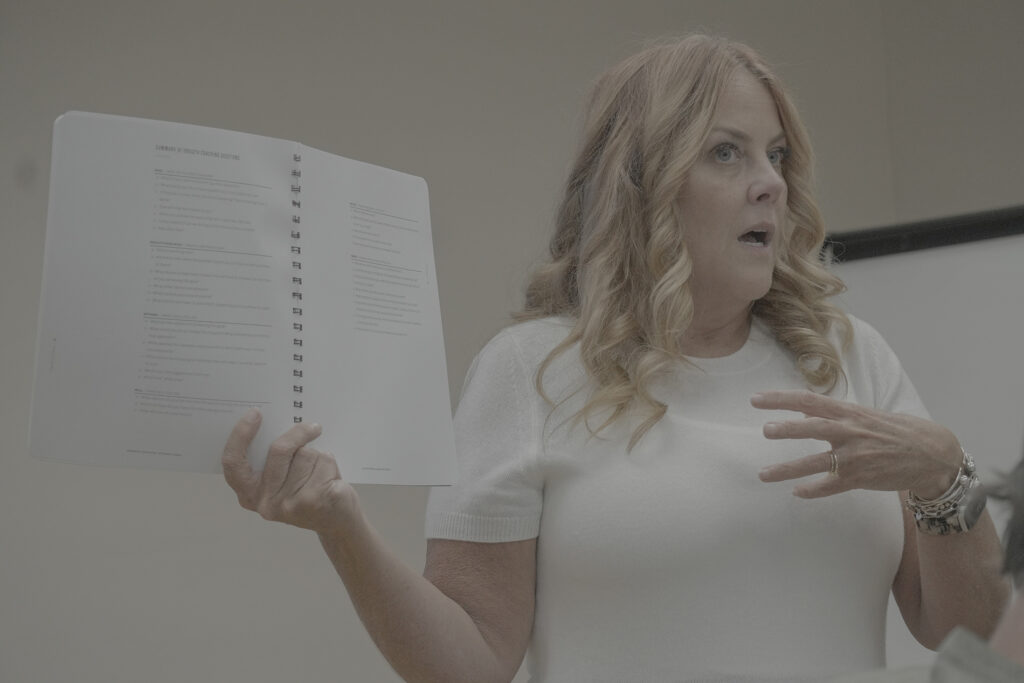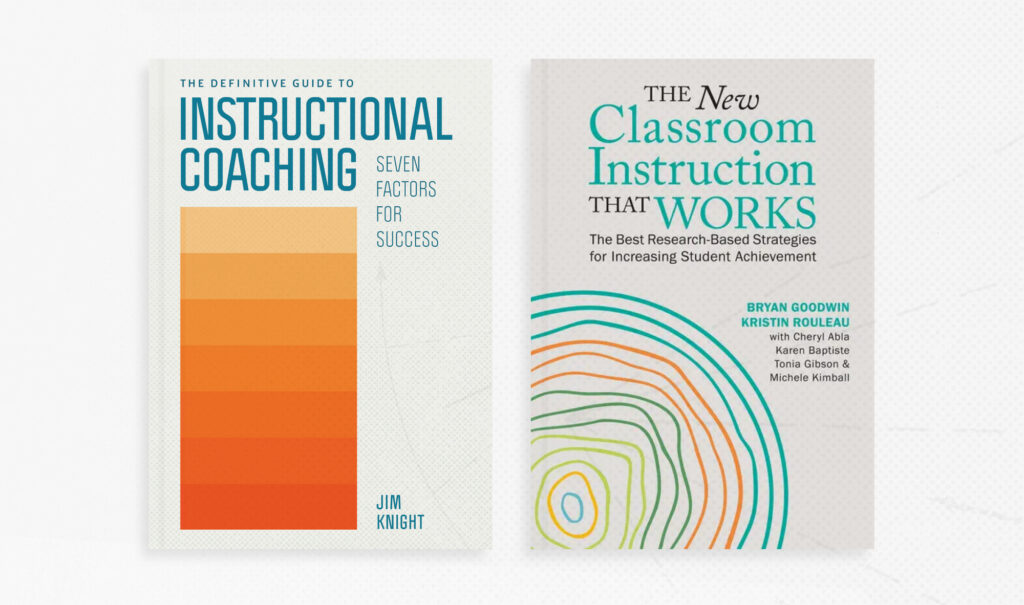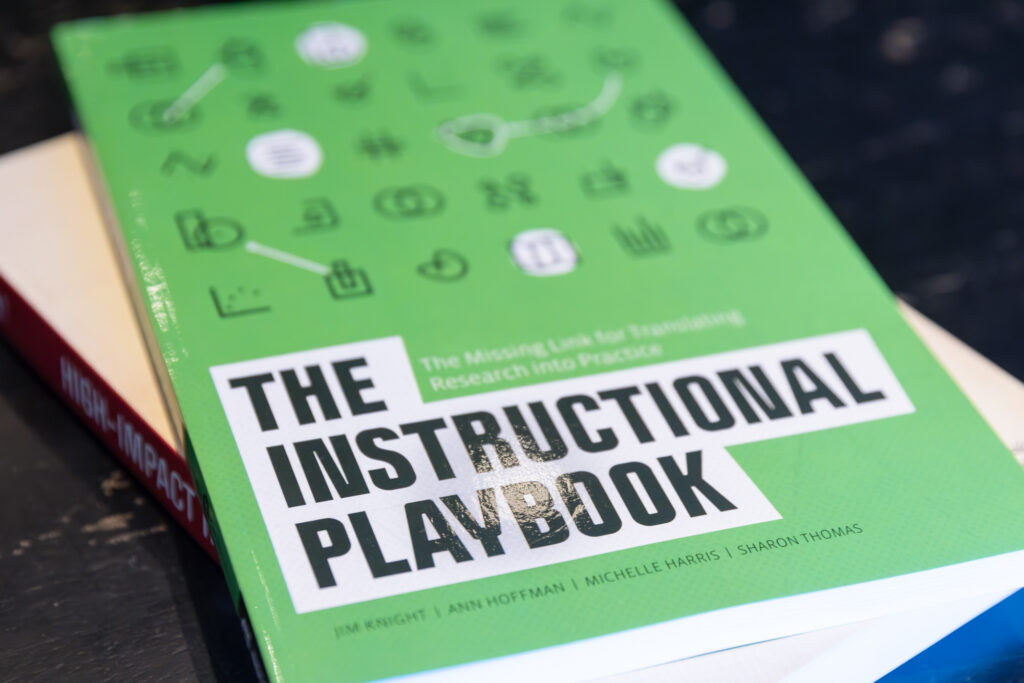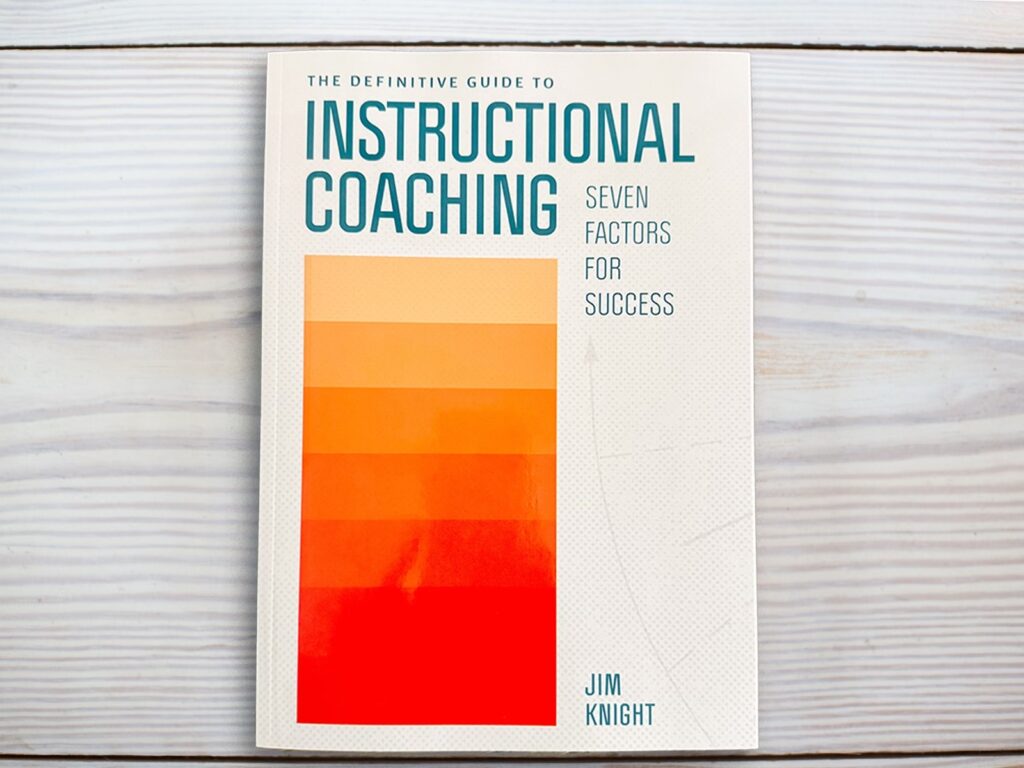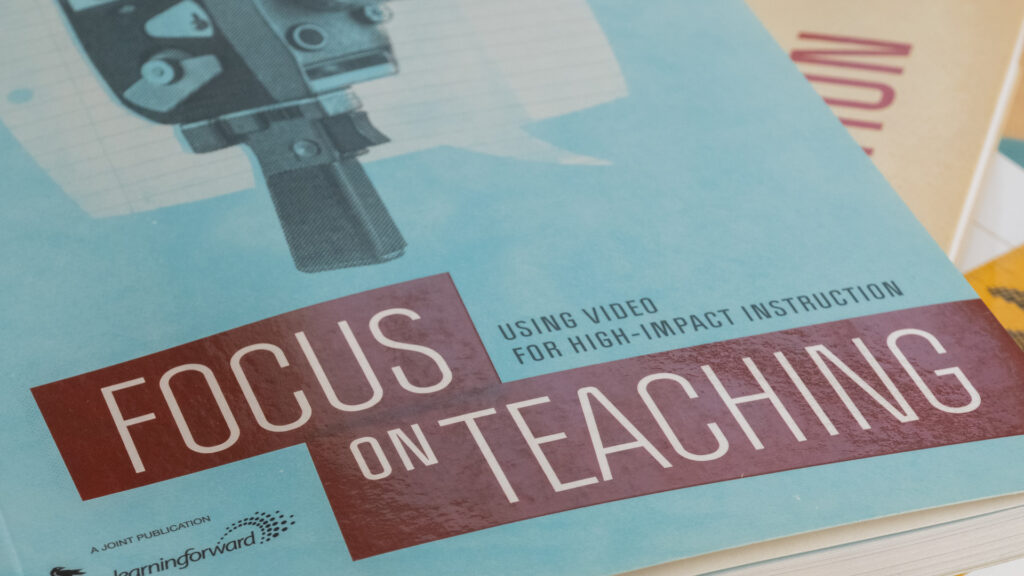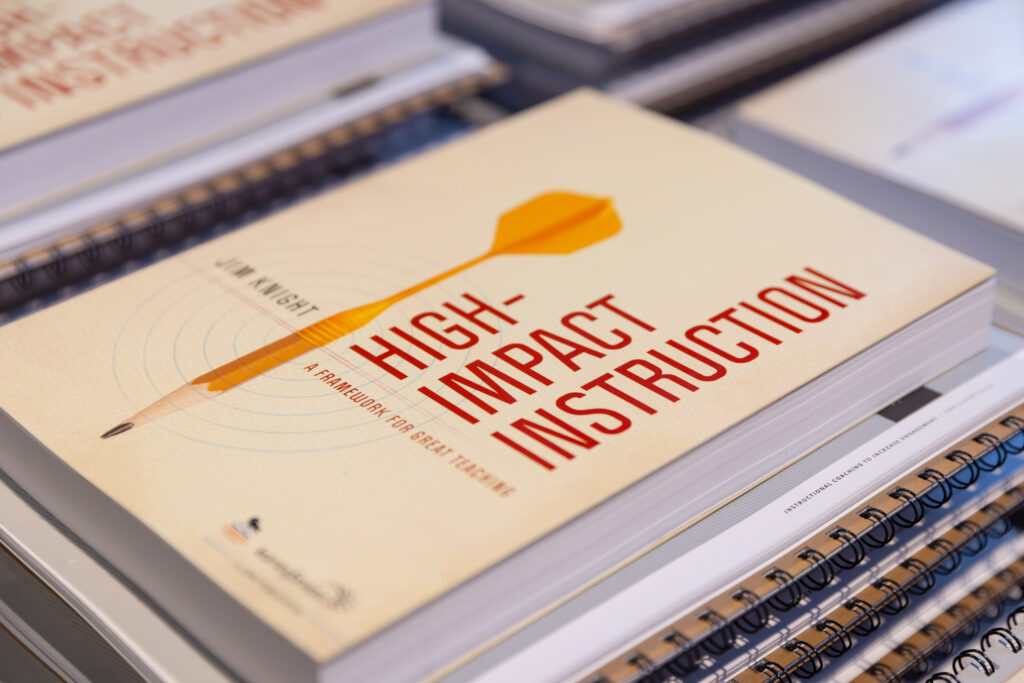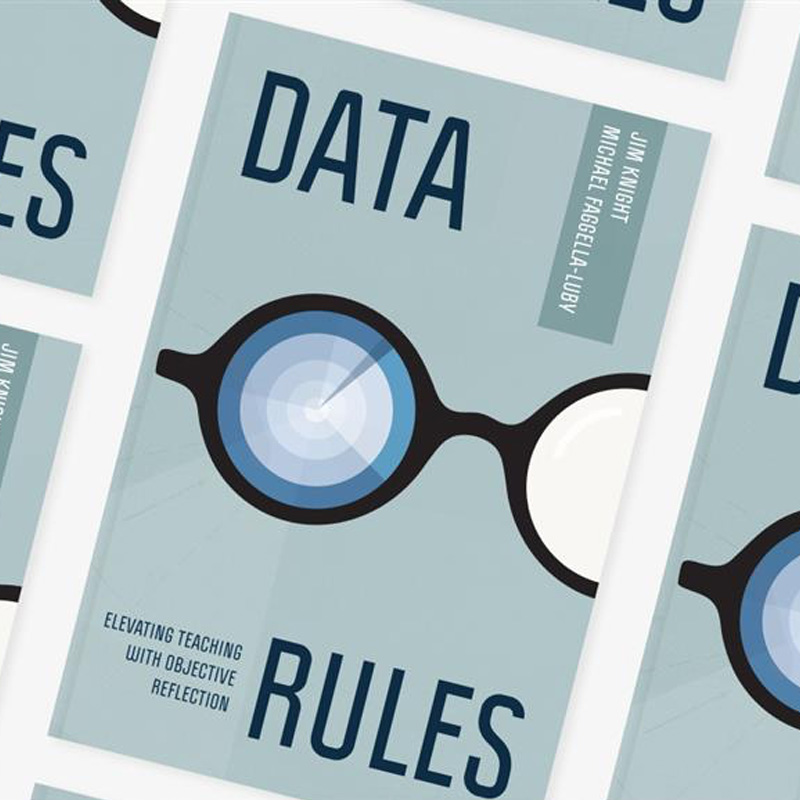Writing guiding questions compels teachers to create precise, focused plans for learning. That focus and precision help students better understand the learning expectations for each unit and lesson. Good questions evoke a rigorous education, but they should be written in easy to understand language and involve the smallest number of questions for each unit. Great questions are accessible, easy to understand, and complete illustrations of what will be learned.
Why Teachers Should Create Guiding Questions
Guiding Questions Improve Teaching Through Preparation
Preparation reaps significant benefits. When teachers think through what will be learned and how learning will happen, their lessons are more focused, efficient, and accessible to all learners. When I interview teachers about the value of content planning, their first response is usually, “I know these are supposed to help students be organized, but what they really do is help me be organized.” When teachers are clear on their plans, everyone benefits.
Guiding Questions Put Learning Ahead of Activities
When teachers craft effective guiding questions, they look at learning through their students’ eyes, considering what the students will learn, rather than through their own eyes, considering what activities or lessons they will assign students. High-impact planning starts with the most fundamental question: What do I want my students to remember 5, 10, or 20 years after this class is over? As such, it compels teachers to be precise about exactly what students will learn and how their mastery of the knowledge, skills, and big ideas will be measured.
Guiding Questions Place Proper Emphasis on Most Important Content
Content planning guides teachers to think deeply about what is most important and then to teach in a way that ensures that the most important learning is given the emphasis it requires.
Guiding Questions Provide a Learning Target for Students
Guiding questions help students by giving them a clear target for each day’s learning. When teachers write good questions and create maps, they are forced to become very clear about what they are teaching. That clarity gives focus to their teaching, making it much easier for students to learn. When students understand what they are supposed to learn, the chances are much higher that they will actually learn it.
Guiding Questions Support Formative Assessment
Guiding questions represent a starting point for formative assessment. The in-depth thinking that is necessary for formative assessment will enhance the quality of teachers’ guiding questions and learning maps.
Guiding Questions Support Differentiated Instruction
When teachers teach classes with diverse learners, and most teachers do these days, they frequently need to differentiate learning so that it meets the needs of all students (Tomlinson, 1999). Differentiation happens best when teachers carefully plan their instruction so that they can reflect on where and how learning needs to be transformed. Guiding questions provide an excellent starting point for differentiation. After teachers have created their guiding questions, they have a much clearer understanding of where they need to make modifications to ensure that learning is accessible for every student. Guiding questions provide a firm foundation for thinking about how and where to differentiate learning.
Creating Excellent Guiding Questions
Address the Standards
Understanding the standards ensures that students learn in ways that best prepare them for the learning they will experience in other classes and that course content addresses foundational learning that everyone should master. Larry Ainsworth (2004), Grant Wiggins and Jay McTighe (2005), and others have described strategies teachers can use to unpack standards. The principal strategy is deceptively simple: When teachers dig into standards, they will discover that most nouns describe knowledge, and most verbs describe skills. According to Ainsworth, teachers can benefit from going through each standard and indicator and circling the nouns and verbs to become more aware of what students need to know and do. In Unmistakable Impact (2011), I describe a process, involving Intensive Learning Teams that districts can implement so that teachers can collaboratively unpack standards and create guiding questions, formative assessments, and learning maps.
Identify the Knowledge and Skills Students Need to Learn
Knowledge refers to factual knowledge that students need to learn to gain access to anything being learned. Skills can include other practices such as strategies, procedures, or performances.
Identify the Big Ideas Students Need to Learn
While much of learning involves knowledge and skills, some of the most important learning involves the bigger themes, concepts, content structures, and principles. Big ideas are the principles, themes, and concepts that recur throughout a course. When students recognize big ideas, they often have an “aha” moment that puts their learning into perspective. Some big ideas include: concepts, content structure, attitudes, sensibilities, and ways of being that are much bigger than the specific content of a unit. Teachers need to think broadly and deeply when they write guiding questions.
Meaningful, Important, and Relevant
Guiding questions that address the knowledge, skills, and big ideas articulated in standards, but bore children to tears, won’t create the kind of learning most parents want for their children. If we want students to be engaged by their learning, they need to understand why they are learning what they are learning. Considering why learning is meaningful, relevant, or important is also an important filter for deciding what to include and what to leave out of a unit. Also, when teachers think about the connections students make between their lives and what they are learning, they deepen their understanding of the content they are teaching and make it easier for them to explain complicated ideas in ways that lead to understanding.
Easy to Understand
Writing questions that are easy to comprehend increases student motivation. Questions that students don’t understand, don’t help them learn. To create questions that their students understand, teachers must first be very clear of their own understanding and then write in language that honors the complexity and richness of learning while also communicating clearly and simply.
Most Appropriate Words
Words matter, and as teachers write guiding questions, they need to be careful to use the words that most precisely describe the knowledge, skills, and big ideas students need to learn. Finding the right words is partly about considering how students will hear them. One way to increase precision is to think carefully about the level of thinking you propose for students.
Identify Learning Strategies
Teaching students how to learn is likely at least as important as teaching students what to learn. Many teachers explicitly teach learning strategies to help students acquire, remember, or express knowledge, skills, and understandings. If students are going to internalize their use of strategies, they benefit from many cues reminding them when and how to use them. The guiding questions are a great place to embed those cues.
Identify Technology
Guiding questions are an ideal place to identify what technological tools students will use or learn to use. For example, students might learn to organize information during research for an essay in Evernote, create a mind map in Inspiration during the prewriting phase, create a Facebook page to organize their collaborative work with a team, or use PowerPoint to create a slide deck for a presentation.
Identify Communication Skills
Another important skill is learning how to interact effectively with peers. Many students are taught how to listen, find common ground, use objective standards to resolve conflicts, build relationships, and share positive and corrective feedback with their peers. Guiding questions can remind students of when and how to use those skills during learning.
